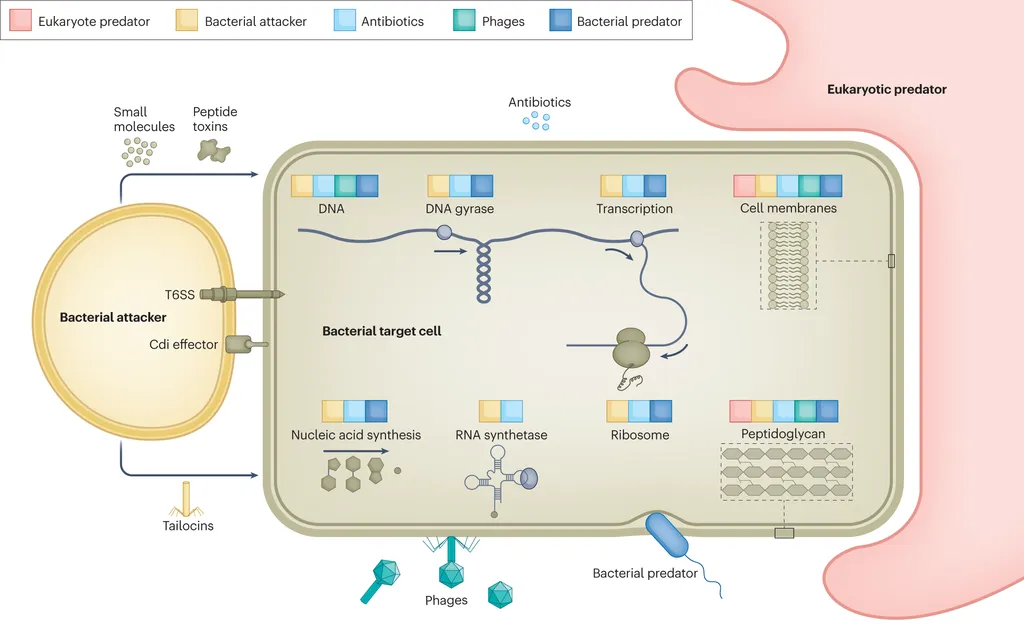In the world of agricultural and medical biotechnology, a new discovery has emerged that could revolutionize the way we harness bacterial metabolites for combating pathogens. Researchers have uncovered the regulatory mechanisms behind polyyne production in the soil bacterium Pseudomonas protegens Pf-5, shedding light on a process that has remained largely mysterious until now.
Polyynes, known for their potent antimicrobial activities, have long been recognized for their potential applications in agriculture and medicine. However, the molecular mechanisms regulating their biosynthesis have been shrouded in mystery. In a study published in the journal *Applied and Environmental Microbiology* (translated as “Applied and Environmental Microbiology”), a team led by Chiseche Mwanza from the Department of Plant Sciences and Plant Pathology at Montana State University has made significant strides in unraveling this enigma.
The study focuses on Pseudomonas protegens Pf-5, a soil bacterium recently identified as a producer of a polyyne called protegenin. The researchers discovered that Pf-5 regulates polyyne production at both the pathway-specific and global levels. By mutating the pgnC gene, a transcriptional regulatory gene within the polyyne biosynthetic gene cluster, the team found that polyyne production was completely abolished. This indicated that PgnC plays a crucial role in activating the promoter of polyyne biosynthetic genes.
But the regulatory mechanism doesn’t stop there. The study also revealed the involvement of a global regulator called GacA. Mutation of the gacA gene decreased the translation of PgnC, suggesting that GacA induces the expression of the PgnC regulator, which in turn activates polyyne biosynthesis. This regulatory pathway involves the RNA-binding protein RsmE, which is negatively regulated by GacA.
“Understanding these regulatory mechanisms is a significant step forward,” said Chiseche Mwanza, the lead author of the study. “It allows us to optimize polyyne production for various applications, from agriculture to medicine.”
The implications of this research are far-reaching. By elucidating the regulatory pathways, scientists can now explore ways to enhance the production of polyynes, which could lead to more effective and sustainable antimicrobial agents. This is particularly relevant in the agricultural sector, where the control of plant pathogens is crucial for crop protection and food security.
“Our findings provide a comprehensive understanding of the regulatory mechanisms of bacterial polyyne biosynthesis,” Mwanza added. “This knowledge can help us develop strategies to optimize polyyne production, making it more accessible for agricultural and medical applications.”
The study, published in *Applied and Environmental Microbiology*, marks the first comprehensive investigation into the regulatory mechanisms of bacterial polyyne biosynthesis at both the pathway-specific and global levels. This research not only advances our understanding of bacterial metabolism but also paves the way for innovative applications in agriculture and medicine.
As the world continues to grapple with the challenges of antimicrobial resistance, the discovery of new regulatory mechanisms in bacterial polyyne production offers a glimmer of hope. By harnessing the power of these natural antimicrobials, we can develop more effective strategies to combat pathogens and ensure a healthier future for both plants and humans.

